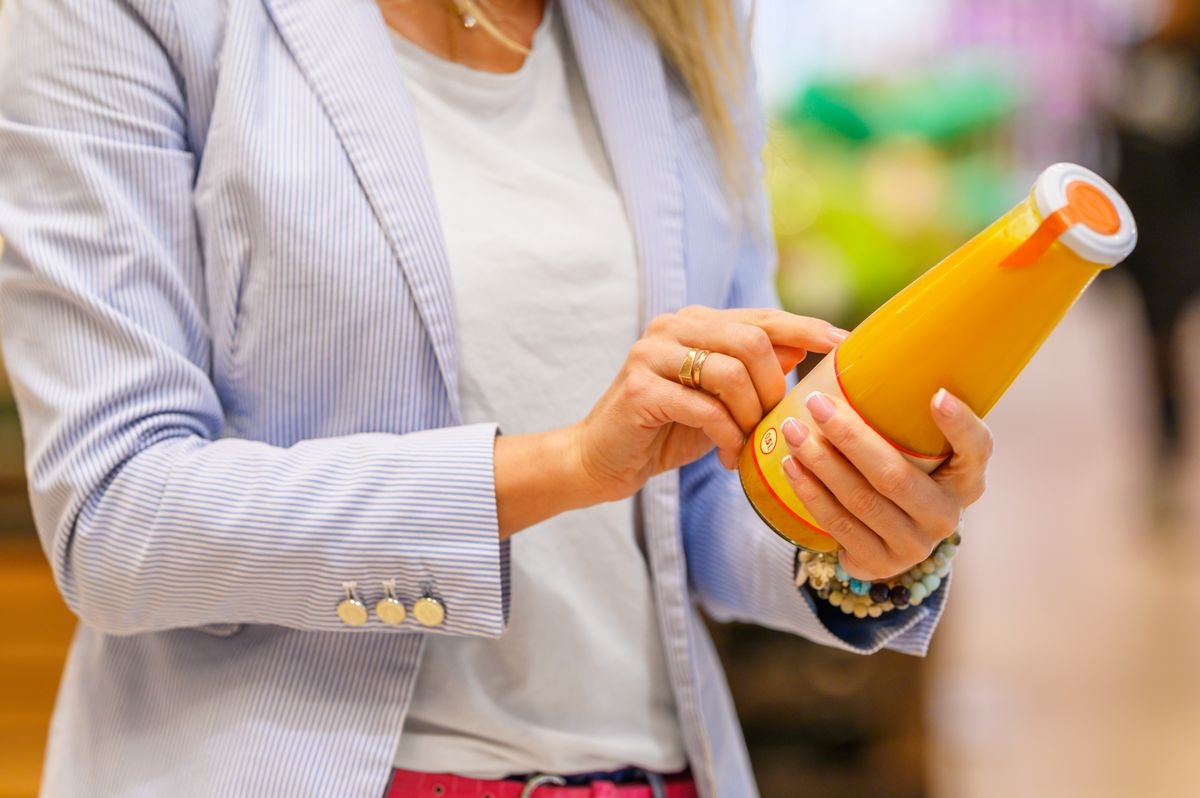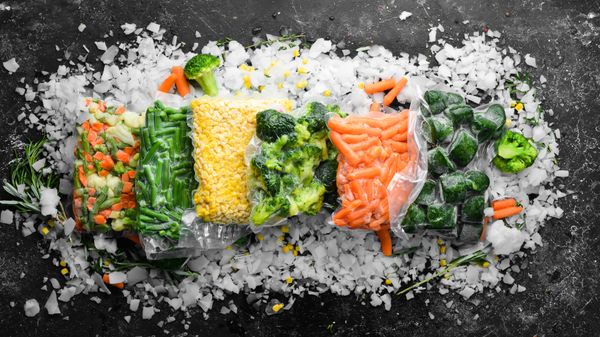With so much to consider, such as organic, non-GMO, natural, added sugars, sodium, and fats, it can be overwhelming to make healthy decisions. To help simplify the process, our Medical Expert Board's dietitians, Amy Goodson and Sydney Greene, share their top red flags to look out for on nutrition labels. They also identify common deceptive marketing tactics used by food companies. Get the inside scoop on which ingredients to avoid and steer clear of when grocery shopping.
Excess Added Sugar
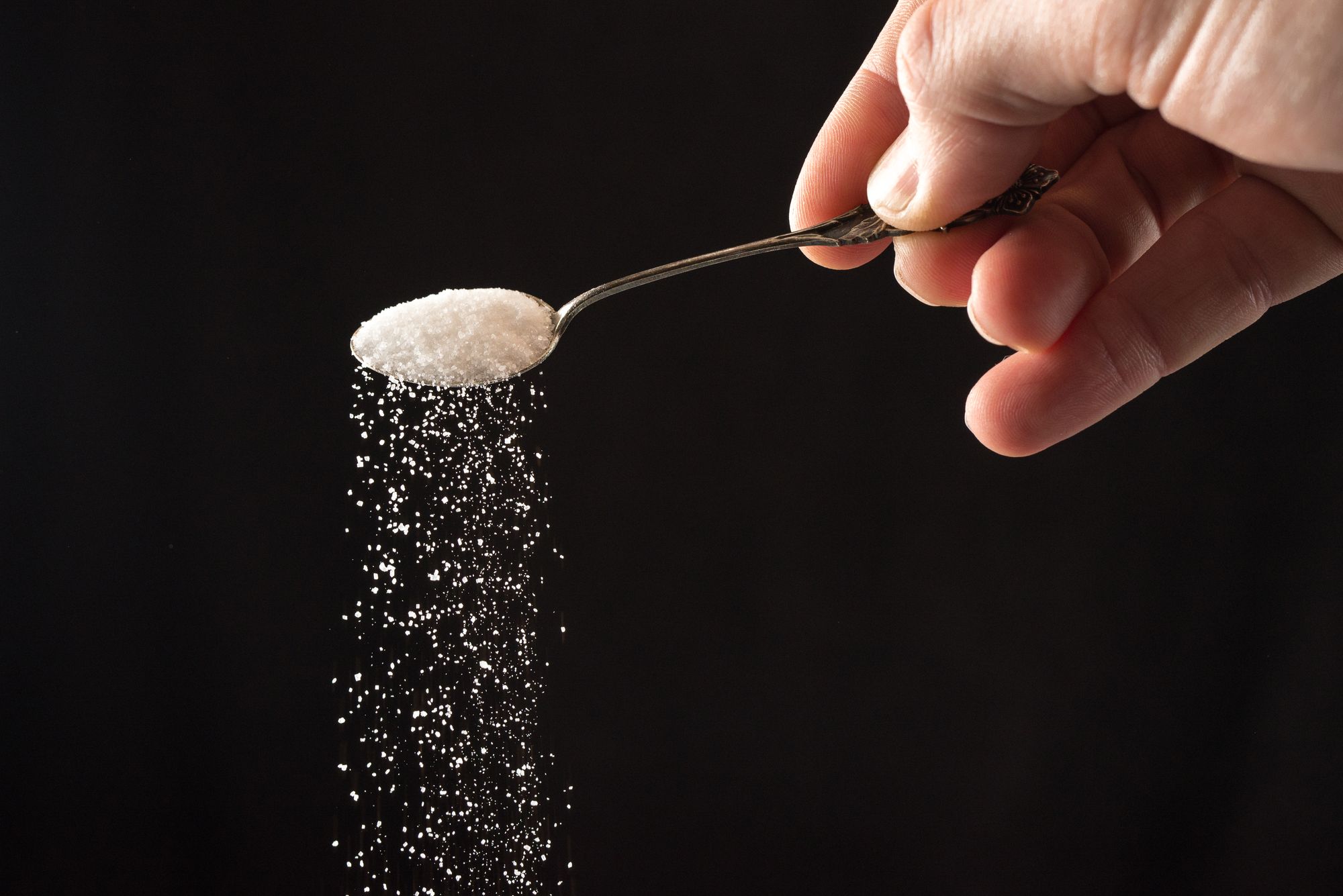
The challenge of finding food without added sugar can be frustrating, even in items you wouldn't expect to contain sugar, such as salad dressings or sauces. Dietitians suggest checking nutrition labels for a few key indicators of added sugar. One is if the food contains more than a few grams of sugar. Sugar should not be the first ingredient listed in packaged foods, unless you're buying candy or baked goods. Another concern is the misleading names added sugar can go by on ingredient lists. Goodson lists common names for added sugar such as sugar, cane sugar, fructose, high-fructose corn syrup, honey, agave nectar, and molasses, among others. Greene adds that there are over 60 different names for sugar and to be wary of ingredients with "syrup" in the name or ending in "-ose." Examples of sneaky added sugars are brown rice syrup, fruit juice, barley malt, and coconut nectar.
Grains without fiber
Eating fiber is important for maintaining a healthy diet. It helps lower cholesterol, aids weight management, and improves digestion, blood sugar balance, and overall health. Fruits and vegetables are great sources of fiber, but you can also get it from whole grain products such as bread, cereal, and pasta. Be wary of grain products that claim to have zero fiber on the nutrition label. Goodson advises, "When shopping for products like crackers, pasta, or bread, look for a whole grain brand if the label shows zero grams of fiber. Foods without fiber likely indicate that they have undergone excessive processing."
High Concentrations of Saturated Fat
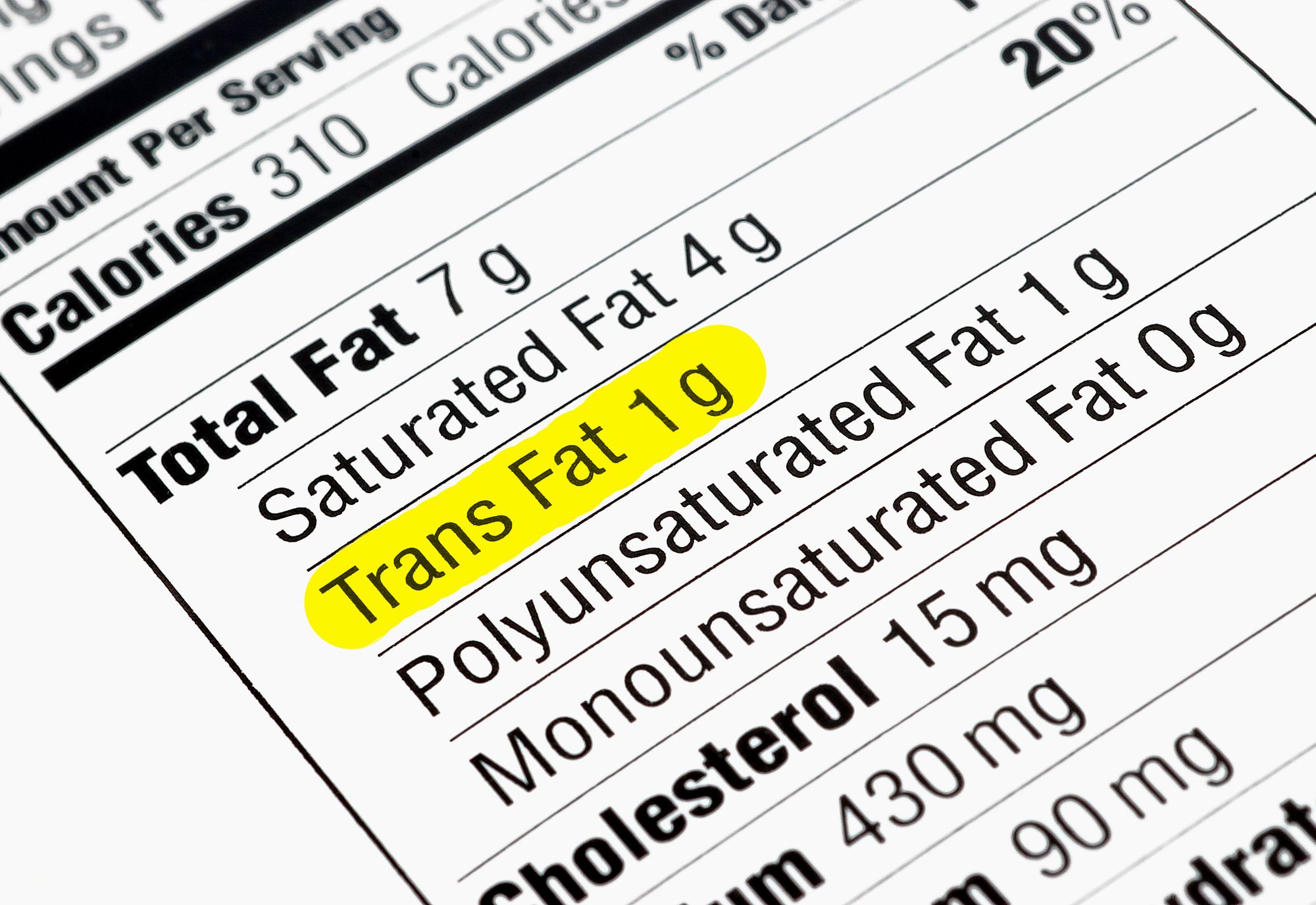
Saturated Fat: The Nutrient to Watch Out For
When shopping for food, it's important to check the nutrition labels, but Goodson says that the focus should be on the amount of saturated fat. Saturated fat, found in baked goods, higher-fat red meat, creamy sauces and spreads, and some packaged snack foods, can contribute to an increase in LDL ("bad") and total cholesterol if consumed in large amounts regularly.
To maintain a healthy diet, the American Heart Association recommends keeping your daily intake of saturated fat to around 13 grams. Goodson offers a helpful tip to ensure you don't exceed this limit. When checking the food label, look for foods with 1 gram of saturated fat or less per serving. This will help you avoid going over the limit in one meal.
Deceptive Front-of-Package Labels
According to Goodson, it's important to check the label and ingredient list of a product rather than relying on front-of-package claims. Despite regulations, these claims can be misleading.
For instance, just because a package states "whole wheat" doesn't mean it's fully made of whole wheat. The first ingredient might actually be "enriched wheat flour," a processed form of wheat flour. If a product were made with 100% whole wheat flour, it would have to be stated on the front of the package.
Another misleading claim is when a product says it contains "less" of something, like "less sugar" or "less fat." Goodson explains that this only means it contains 25% less fat in relation to the regular version of that product, not in comparison to all products in that food category. As a result, the product could still be high in fat.
Therefore, it's crucial to be cautious and check the label and ingredient list for accurate information.
Watch Out For Terms such as "organic" or "all-natural"
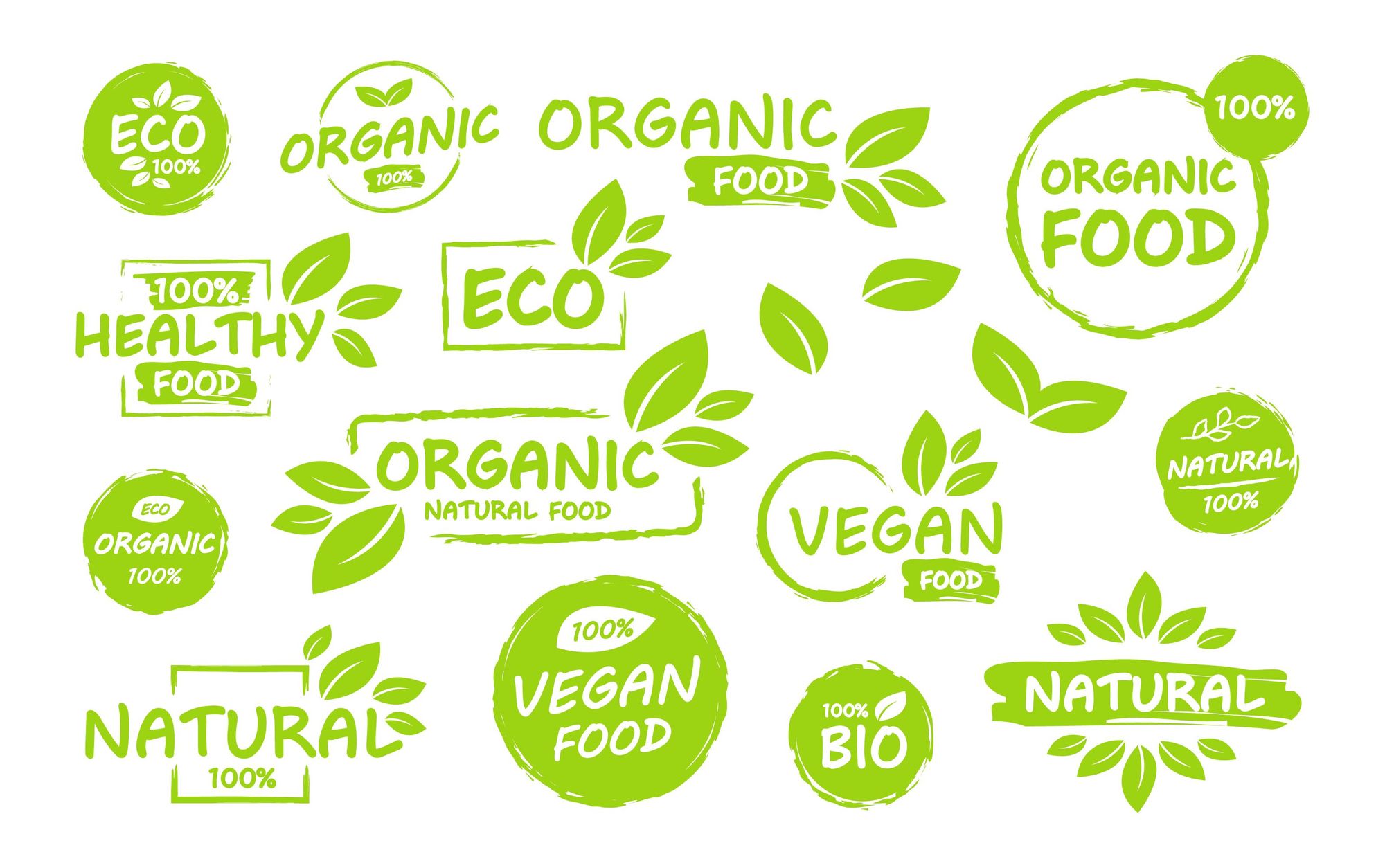
It's common for consumers to associate terms like "organic" or "all-natural" with healthy and nutritious food. However, these labels may not always accurately reflect the health benefits of a product.
According to Greene, the term "all-natural" is not regulated by the USDA or FDA and can be misleading. A product that claims to be "all-natural" might contain high amounts of sugar or other unhealthy ingredients, despite being made with "natural" components.
Goodson echoes this sentiment, pointing out that the "organic" label is more concerned with the production process than the actual contents of the product. A product marked as "organic" might still contain unhealthy ingredients or nutrients.
Thus, consumers should not rely solely on front-of-package claims when evaluating the healthiness of a food item. Instead, they should carefully examine the nutrition label and ingredient list to gain a full understanding of the product's nutritional value.
It's important to note that "organic" doesn't automatically mean it's unhealthy. Goodson emphasizes that choosing organic products is a personal choice and one can still have a nutritious diet by choosing conventional foods.
The goal of these warning signs on nutrition labels is to help consumers make informed decisions while navigating through the maze of deceptive language and labeling in grocery stores. By keeping these tips in mind, you can avoid misleading information and make more informed choices on your next grocery trip.

